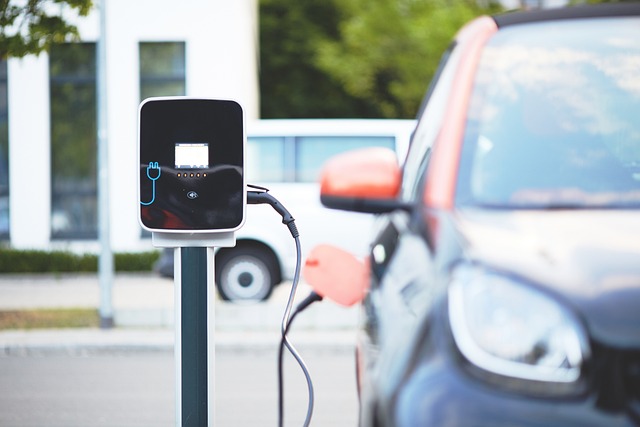Implementing contactless entry and payment to streamline vehicle access
Contactless entry and payment systems can reduce friction at vehicle access points, improving throughput and user experience. This article outlines practical approaches for garages and mobility operators to adopt touchless technologies while maintaining security and operational efficiency.

Contactless entry and payment systems are reshaping how vehicles access managed sites, offering faster throughput, reduced queuing, and simplified user interactions. Implementing these systems requires coordination across hardware, software, and operational workflows so that garages, valet services, and mobility providers can balance convenience with security. Well-planned deployments address reservation flows, real-time monitoring, and integration with existing infrastructure to support steady revenue and better use of spaces while preparing for future needs like EV charging and sustainability goals.
Garage access: supporting contactless entry
Modern garage access systems combine RFID, BLE, license-plate recognition, and mobile credentials to allow drivers to enter without stopping at a gate. Integration with existing gate controllers and barrier systems is critical: using open APIs and secure communication channels ensures that new access methods do not disrupt daily operations. For facilities with valet services, contactless access can reduce staff exposure to congested entry points and enable remote confirmation of arrivals and departures. Guidance for deployment includes staged rollouts, pilot lanes for new technologies, and training for attendants and staff.
How do spaces and reservation integrate?
Reservation-driven access helps manage occupancy and predict revenue by linking booking platforms to access control. When a driver books a space, a token or QR code can be issued that automatically authorizes entry during the reserved window. This reduces friction at peak times and ensures that reserved spaces are available when needed. Analytics from reservation systems can inform dynamic pricing, capacity planning, and decisions on how many spaces to allocate to short-term versus long-term users, improving overall utilization and throughput.
What role do sensors and automation play?
Sensors embedded in entry lanes, spaces, and ramps provide real-time status updates that power automation: presence sensors detect vehicle arrival, occupancy sensors confirm space availability, and environmental sensors can trigger ventilation or lighting adjustments. Automation can link entry authorization with gate control, payment confirmation, and space guidance systems, reducing manual intervention. Combining sensors with analytics allows operators to spot patterns—such as peak arrival times or frequent double-parking incidents—and adjust operations to reduce delays and safety risks.
How does valet and mobility adapt?
Valet workflows can be modernized with contactless handoff procedures: drivers pre-authorize payments and provide arrival details via an app, while staff receive digital tickets or dash-to-dash instructions. For mobility services, contactless systems improve fleet turnaround by shortening dwell times and enabling quicker dispatch. Coordination between reservation, access, and valet modules helps maintain vehicle flow; for example, notifying attendants of incoming electric vehicles that need priority access to EV charging stalls supports both operational efficiency and evolving mobility patterns.
How are security and analytics maintained?
Moving to contactless access heightens the need for cybersecurity and operational security. Secure credential issuance, encrypted communications, and regular firmware updates for devices are essential. At the same time, analytics dashboards aggregate access logs, payment records, and sensor feeds to monitor anomalies like repeated failed access attempts or unusual occupancy trends. These insights support loss prevention, improve customer service, and can identify opportunities to increase revenue through targeted offerings or optimized space usage.
How do evcharging and sustainability fit in?
Integrating EV charging with contactless access and payment systems simplifies user experience and supports sustainability initiatives. When chargers are tied to the same authentication and billing platform as access control, drivers can enter, charge, and depart with a single, seamless transaction. From a facility perspective, combining EV charging data with occupancy analytics helps plan infrastructure investments and estimate energy needs. Sustainability benefits also come from reduced idling and optimized lighting and ventilation driven by occupancy sensors, contributing to lower operational emissions and energy costs.
Conclusion
Contactless entry and payment systems offer a pathway to smoother vehicle access, better utilization of spaces, and enhanced operational visibility. Successful implementation relies on careful integration of sensors, automation, secure credentials, and analytics, with attention to valet workflows and reservation channels. Incorporating EV charging and sustainability considerations early can extend the long-term value of these upgrades while maintaining security and supporting revenue objectives.






